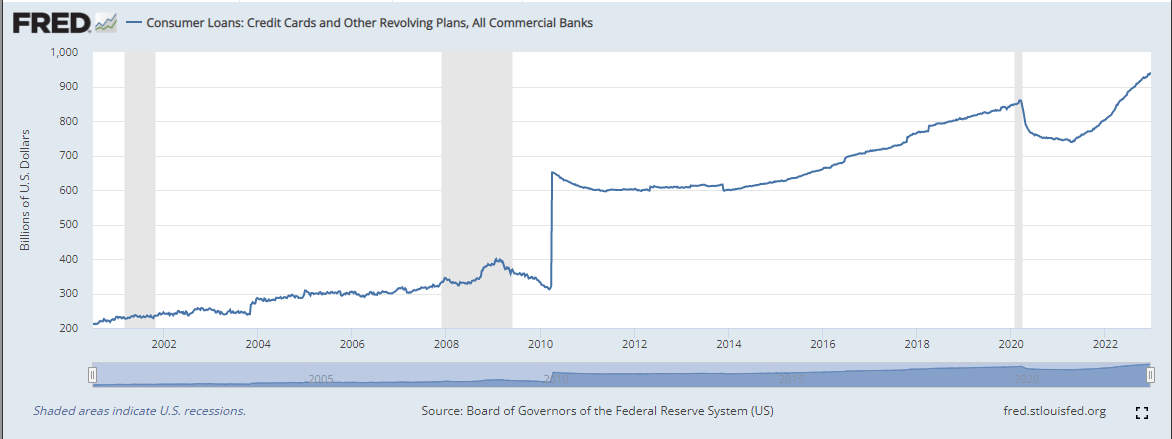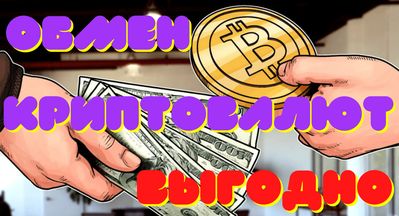Crypto Markets Analysis: Bitcoin Muddles Along; Consumer Credit Debt Could Present Problems

In the final week of 2022, bitcoin’s tepid price movement veered from a recent, year-end pattern of wide swings stemming largely from investors’ anticipation of heightened volatility.
Bitcoin moved just 1.6% last year compared to 7% and 20% shifts in 2021 and 2020, respectively.
The weak price action capped a disappointing 2022 for BTC – a year that was hard on risk assets as the tech-focused Nasdaq and S&P 500, which has a strong technology component, plummeted 33% and 19%, respectively.
For the first time in its history, bitcoin’s price declined in four consecutive quarters.
ETH barely avoided this distinction after rising in the third quarter largely on the strength of the Ethereum Merge, which shifted the protocol from proof-of-work to more energy efficient proof-of-stake.
The limited price movement indicates that demand for the asset class is weak. Lack of volatility is often unappealing to short-term traders. Looming macroeconomic hurdles have also soured retail investors.
For now, BTC seems most attractive to patient, long-term bullish investors, looking to accumulate at a perceived discount.
Looking ahead, the same crypto ballad of woe still has a few notes left, despite investor hopefulness that the bear market will peter out.
Liquidity continues to ring loudly. The U.S. central bank remains committed to reducing inflation via interest rate increases and balance sheet reductions.
“M2” money supply for the U.S. decreased in 2022, as the Federal Reserve worked to slow inflation. Money supply in the Eurozone declined in each of the last two months, although the money supply in China and Japan actually rose.
The push and pull between inflation control and economic stimulus in the world’s two largest economies by gross domestic product (GDP) remains unsettling for global asset markets.
A disconnect also exists between the extension of credit to corporations and the growth of revolving credit among individual consumers.

Though not a completely apples to apples comparison, the difference implies that reduced access to credit is reining in corporate expansion. Still, consumers appear to have loaded up on potentially troublesome debt. There was an understandable decline in revolving debt in 2020, in response to the global Covid-19 pandemic. Since then however, consumer revolving debt levels have increased to all- time highs. The following dynamic appears to be present:
- Economic stimulus added to the money supply and resultant inflation
- Consumers increased their personal debt levels
- The fight against inflation has led to increased interest rates, economic slowing and possible higher unemployment.
But consumer debt most assuredly has to be repaid, even as high inflation lingers and growth brakes..
Given the large role that retail investors play in crypto investment, repayment obligations could reduce discretionary investing capital, adding another hurdle to crypto markets.







 Bitcoin
Bitcoin  Ethereum
Ethereum  Tether
Tether  Dogecoin
Dogecoin  USDC
USDC  Cardano
Cardano  TRON
TRON  Chainlink
Chainlink  Stellar
Stellar  Hedera
Hedera  Bitcoin Cash
Bitcoin Cash  LEO Token
LEO Token  Litecoin
Litecoin  Cronos
Cronos  Ethereum Classic
Ethereum Classic  Monero
Monero  Dai
Dai  Algorand
Algorand  Cosmos Hub
Cosmos Hub  Stacks
Stacks  OKB
OKB  Theta Network
Theta Network  Gate
Gate  Maker
Maker  Tezos
Tezos  KuCoin
KuCoin  IOTA
IOTA  NEO
NEO  Polygon
Polygon  Synthetix Network
Synthetix Network  Zcash
Zcash  Tether Gold
Tether Gold  Dash
Dash  TrueUSD
TrueUSD  Holo
Holo  Enjin Coin
Enjin Coin  Zilliqa
Zilliqa  0x Protocol
0x Protocol  Qtum
Qtum  Basic Attention
Basic Attention  Ravencoin
Ravencoin  Siacoin
Siacoin  Bitcoin Gold
Bitcoin Gold  Decred
Decred  NEM
NEM  DigiByte
DigiByte  Ontology
Ontology  Nano
Nano  Huobi
Huobi  Status
Status  Waves
Waves  Lisk
Lisk  Numeraire
Numeraire  Hive
Hive  Steem
Steem  Pax Dollar
Pax Dollar  BUSD
BUSD  OMG Network
OMG Network  Ren
Ren  Bitcoin Diamond
Bitcoin Diamond  Bytom
Bytom